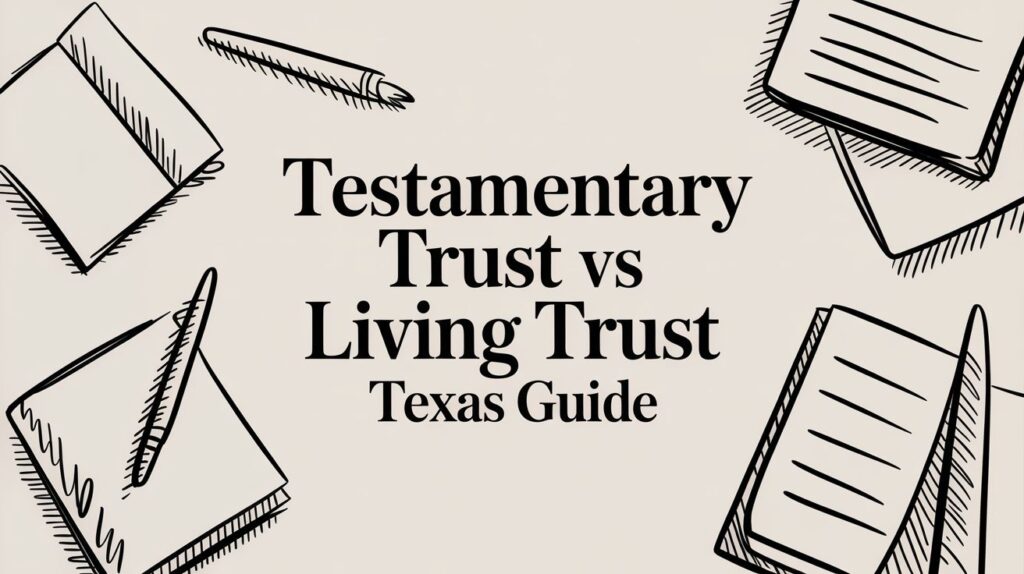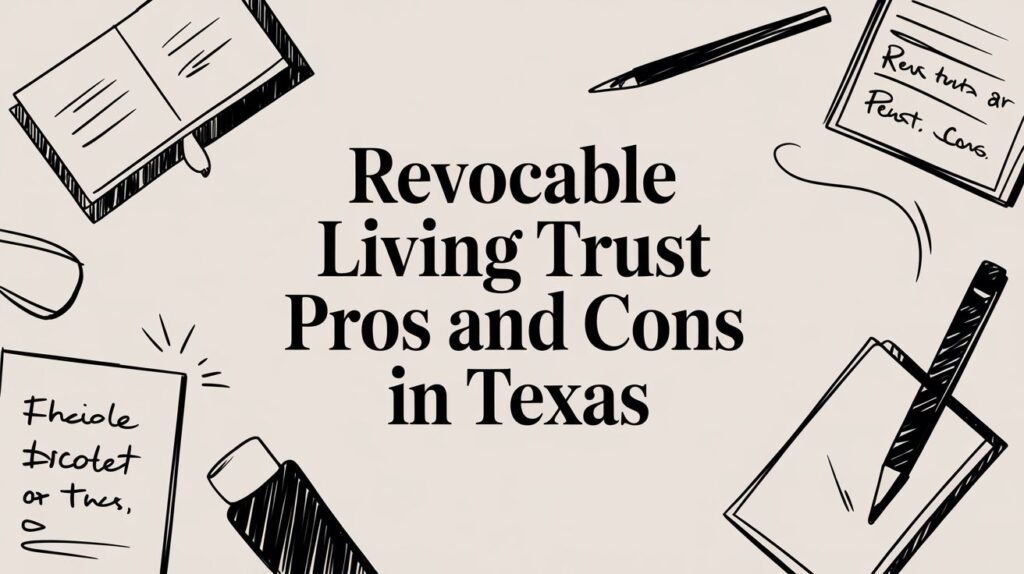Texas is known for its vast land and strong property rights, but what happens when your neighbor builds on your land—intentionally or by mistake? Property line disputes can become highly contentious, leading to legal battles, strained relationships, and financial losses. Imagine waking up to find that your neighbor has built a fence, driveway, shed, or even an entire structure encroaching onto your property. Do you have the right to demand its removal? Can you take legal action? What if your neighbor claims they have the right to use your land under an easement or, worse, tries to claim ownership under adverse possession laws?
Texas property law is complex, but understanding your rights and responsibilities is crucial to protecting your land. This guide will cover everything you need to know about Texas property line disputes, the legal options available, and how to prevent losing your land to encroachments or adverse possession claims.
Understanding Property Boundaries in Texas

In Texas, property boundaries are legally defined through surveys, deeds, and county records. These boundaries determine where one property ends and another begins. However, property line disputes can arise when:
- A neighbor builds a fence, structure, or addition that crosses onto your land
- Surveys or deeds are outdated or incorrect
- A landowner mistakenly believes they own part of another’s land
- An individual attempts to claim part of your property through adverse possession (squatter’s rights)
Many disputes stem from misunderstandings, but some involve willful land grabs, where a neighbor knowingly builds on another’s property, assuming the owner won’t challenge it. To resolve property line disputes, you need to first confirm your property’s legal boundaries through official records and surveys.
How to Determine the True Property Line
Before taking legal action, it’s essential to verify the exact boundaries of your property. Here’s how you can confirm your land ownership:
1. Check Your Deed and Property Records
Your property deed contains a legal description of your land’s boundaries. County records can also provide additional documentation regarding property divisions.
2. Hire a Licensed Land Surveyor
A professional land surveyor can accurately measure and map out your property lines, providing clarity on whether your neighbor has encroached onto your land. If a dispute arises, a recent survey is strong evidence in court.
3. Compare Your Findings with Your Neighbor’s Survey
If your neighbor also has a survey that conflicts with yours, you may need to consult a real estate attorney to determine the correct boundary.
4. Review Local Zoning and Easement Laws

Some properties have easements, allowing another party (such as a neighbor, utility company, or government entity) to legally use a portion of your land for specific purposes.
Once you have verified the property line, you can move forward with resolving the dispute.
What to Do If Your Neighbor Builds on Your Land
If you’ve confirmed that your neighbor has encroached on your property, you have several options depending on the severity of the encroachment and your relationship with your neighbor.
1. Start with a Conversation
Many property disputes arise from honest mistakes. If your neighbor built a structure on your land unknowingly, a polite conversation may lead to a mutual agreement to remove or adjust it.
- Explain the issue calmly and provide a copy of your survey.
- Propose a reasonable solution, such as moving the structure or adjusting the property line.
- If your neighbor refuses, you may need to escalate the situation legally.
2. Send a Formal Written Notice
If a verbal agreement isn’t possible, send a formal written notice outlining:
- The details of the encroachment
- Evidence of your property ownership (survey or deed)
- A request for removal or compensation
- A deadline for resolution
A formal letter serves as legal documentation if the dispute escalates.
3. Seek Mediation
Texas courts often encourage mediation before filing lawsuits. A neutral mediator can help both parties negotiate a resolution without costly litigation.
4. File for an Injunction (Court Order to Remove the Structure)
If your neighbor refuses to remove the encroaching structure, you can file a lawsuit requesting a court-ordered injunction. If successful, the court will force your neighbor to:
- Remove the encroachment
- Pay for damages or land use compensation
- Cease using your property immediately
What Is Adverse Possession (Squatter’s Rights) in Texas?

One major risk of ignoring an encroachment is adverse possession, commonly known as squatter’s rights.
Under Texas law, if a person openly and continuously uses someone else’s land for at least 10 years, they may be able to claim legal ownership through adverse possession.
How to Prevent Adverse Possession Claims:
- Send a written dispute immediately – This shows you have not abandoned your ownership claim.
- Take legal action quickly – The longer a neighbor remains on your land, the stronger their case.
- Put up “No Trespassing” signs – This serves as a warning that your property is private.
- Grant formal permission (license agreement) – If you allow someone to use your land temporarily, do so in writing to prevent an adverse possession claim.
Understanding Easements and Shared Land Use
Sometimes, a neighbor legally has the right to use part of your land due to an easement.
What Is an Easement?
An easement is a legal right allowing someone else to use a portion of your property for a specific purpose.
Common types of easements in Texas include:
- Utility easements – Allowing water, gas, and electricity companies access to certain areas.
- Access easements – Giving a landlocked property owner a right to cross another’s land for road access.
- Prescriptive easements – Created when someone has continuously used part of your land for a set period (similar to adverse possession but without ownership transfer).
If a neighbor claims they have an easement on your land, review your property deed or consult an attorney to verify the claim.
Taking Legal Action in Texas Property Line Disputes
If all attempts to resolve the issue fail, you may need to file a lawsuit. Common legal claims include:
- Trespassing Lawsuit – If your neighbor knowingly built on your land, you can sue for trespassing and damages.
- Quiet Title Action – Used to legally confirm property ownership and remove any false claims.
- Compensation for Encroachment – Courts may award damages if your property’s value decreases due to the encroachment.
Texas courts consider factors such as:
- The extent of the encroachment
- Whether removal is feasible or costly
- Whether financial compensation is a better solution
Final Thoughts: Protecting Your Property Rights in Texas
If your neighbor builds on your land, you have several legal remedies available. The best approach depends on whether the encroachment was an accident, a misunderstanding, or an intentional act.
Key Takeaways:
✔ Always verify property lines with a survey before taking action.
✔ Try negotiation first, but don’t hesitate to escalate the matter legally if necessary.
✔ Act quickly to prevent adverse possession claims.
✔ Consult an attorney if the dispute cannot be resolved informally.
Texas property laws protect landowners’ rights, but timing is crucial—the longer an encroachment goes unchallenged, the harder it may be to remove. At the end of the day, good fences make good neighbors—but only if they’re built on the right land.








